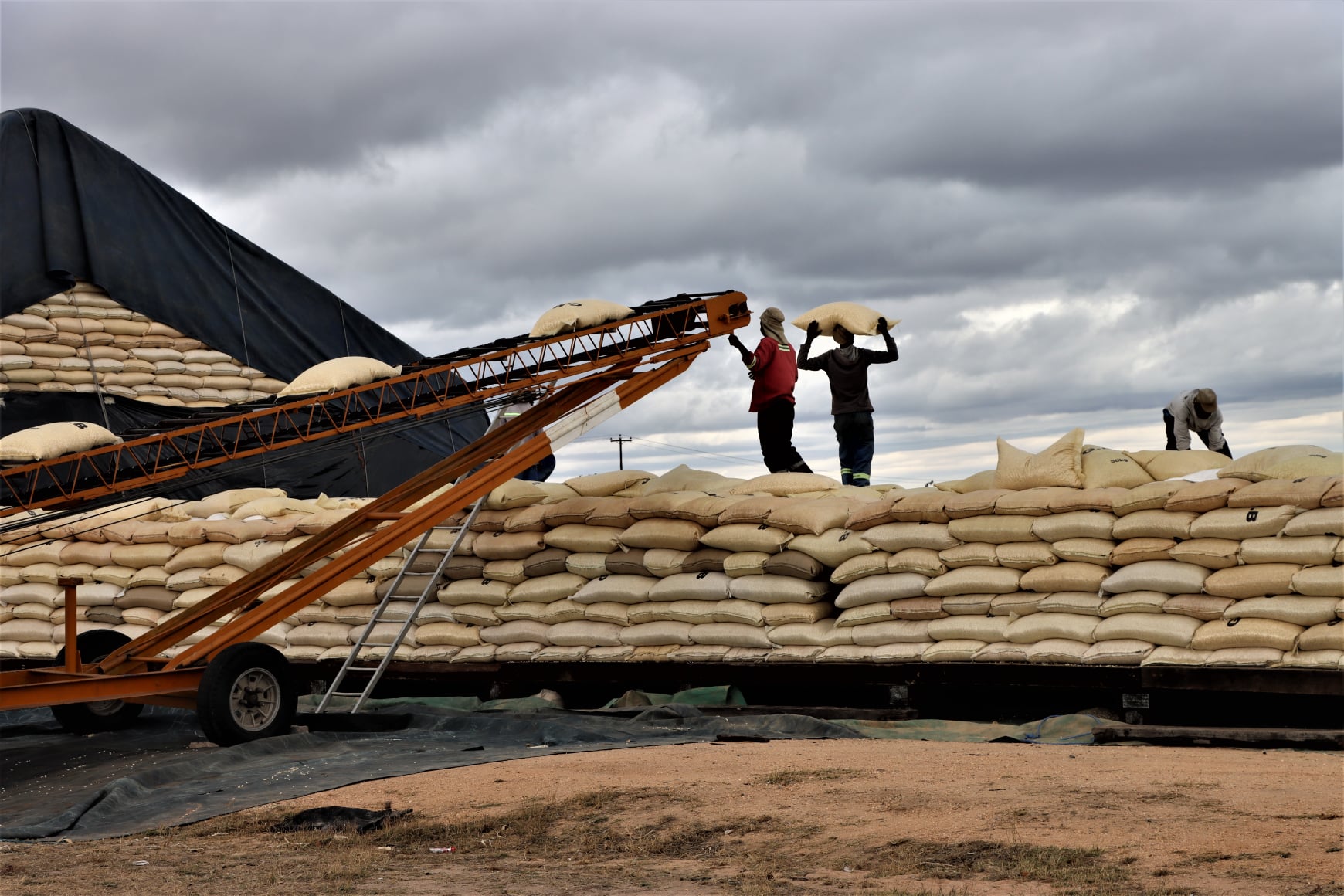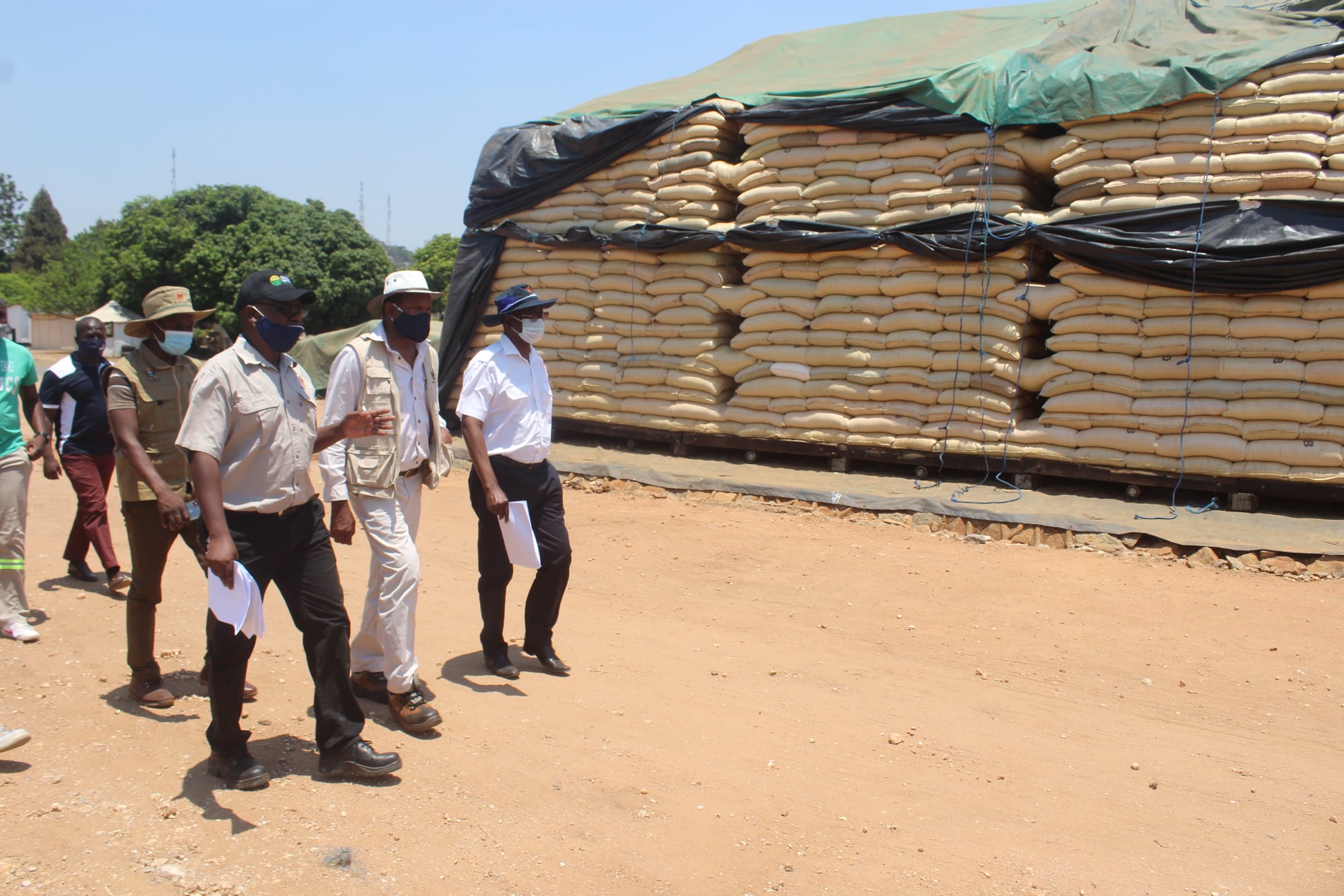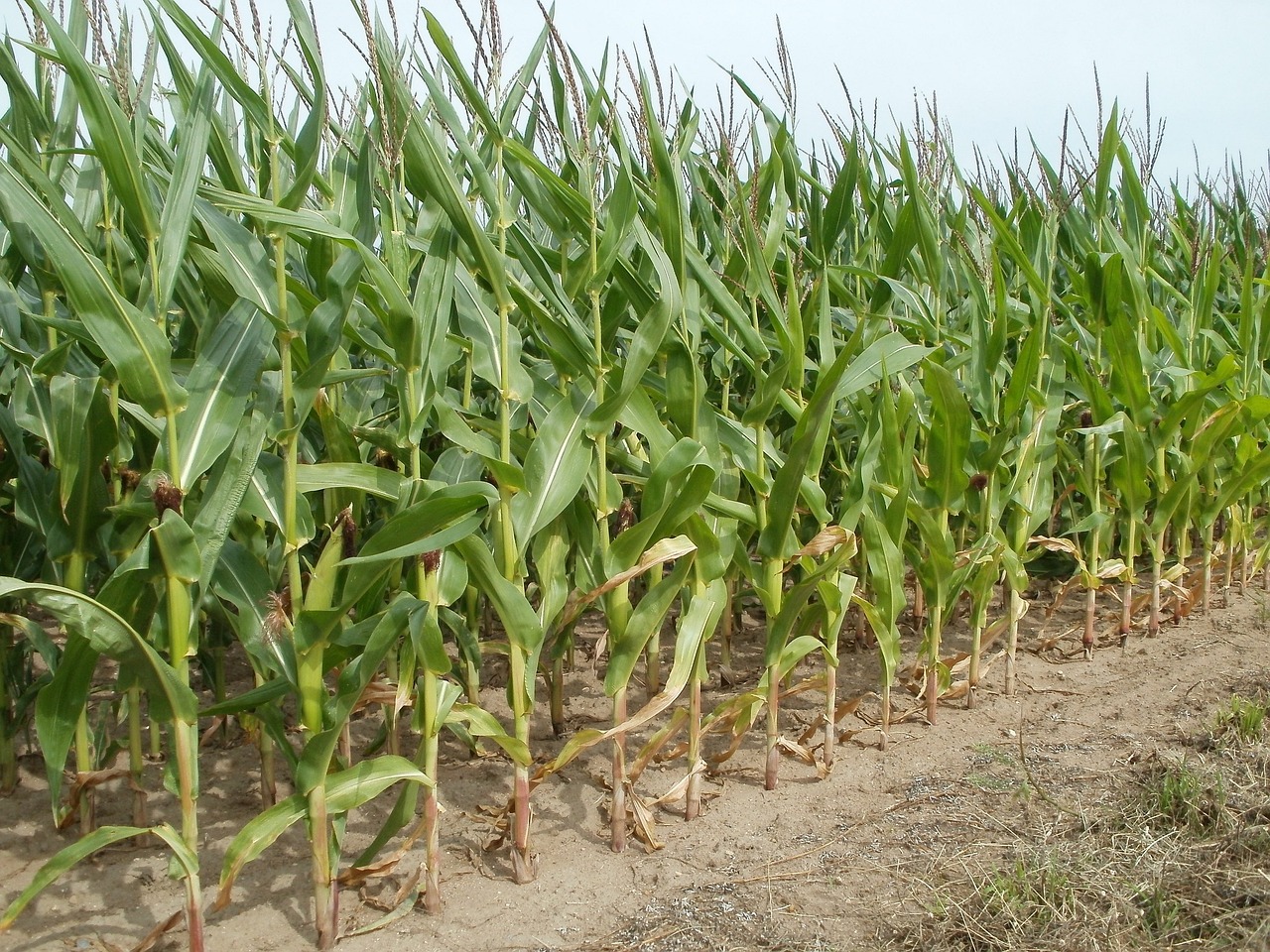Zimbabwe’s agricultural sector has in recent years intensified its biofortification efforts as the country seeks to address long-running nutrition concerns.
The Food and Agriculture Organisation says biofortification is “the development of crops with enhanced levels of nutrients available for consumption.”
Biofortification adds nutritional value such as Vitamin A which improves the immune system, zinc, which “supports normal growth and development during pregnancy, childhood, and adolescence,” and iron which “the body needs for growth and development.”

While Zimbabwe has had a bumper grain harvest thanks in part to above-normal rainfall and accelerated investment in agriculture, there are alarming pockets of hunger, starvation, and malnutrition, with aid agencies saying women and children are bearing the brunt of the food deficit.
“You can have enough mealie meal, but you cannot have it alone and meat is not something you can afford every day.”
This happens despite the sustained campaign for biofortification of especially corn, in a country where FAO says micronutrient deficiency remains a major concern.
Micronutrient deficiency has been described as hidden hunger, and according to FAO “is a result of consuming on a day-to-day basis a diet composed mostly of starchy staples.”

Biofortified corn is typically yellow or orange, yet across the country, domestic silos and granaries, and haulage trucks deliver the traditional white-colored corn, raising questions about the wider adoption of biofortification of the staple maize meal.
“Tackling malnutrition requires a deliberate investment in encouraging the production of diverse nutrient-dense crops including pulses, fruits, and vegetables.”
Isitshwala, a thick porridge made from corn, is the main source of starch, and while it can be abundant, there are few other foods available to accompany it, and villagers and urban residents alike know this only too well.

“Relish is the biggest challenge,” said Mavis Shana, a civil servant in the city of Bulawayo. “You can have enough mealie meal, but you cannot have it alone and meat is not something you can afford every day.”
Experts say more remains to be done to meet nutrition demands and expand biofortification to other crops.

“In the first place, it is important to note that there is no way that receiving above-normal corn harvests can translate to improved nutrition. The two are not related, and this is because corn alone cannot provide all the nutrients we need,” said Sakile Kudita, Zimbabwe’s country manager at Harvest Plus, under the Consortium of International Agricultural Research Centers (CGIAR) which is part of the International Food Policy Research Institute (IFPRI).
“Tackling malnutrition requires a deliberate investment in encouraging the production of diverse nutrient-dense crops including pulses, fruits, and vegetables.”

When the government first promoted biofortified processed corn, millers were expected to carry such a declaration alongside nutritional information on mealie meal packaging.
However, the packs of mealie meals in retail shops only carry nutritional information without the biofortification notice, with consumers not likely to bother checking if they are getting nutritional value for their money.
“If you don’t grow groundnuts alongside corn and other crops, even with a bumper maize harvest, you will still go hungry.”
Among such consumer indifference, rights advocates concede it is difficult to enforce such requirements.
It is even worse for rural residents who rely on what they get from the farms and have no disposable income that can afford them such luxuries as meat.

“If you don’t grow groundnuts alongside corn and other crops, even with a bumper maize harvest, you will still go hungry,” said Phillipa Simango, a forty-something-year-old widow who maintains a parcel of land outside Bulawayo.
Apart from groundnuts, she grows pumpkins and cowpeas and dries the leaves, and cooks them in a homemade peanut butter mix.
Researchers are worried about rising malnutrition cases despite what is seen as improved food security.
“It helps keep the stomach full and it is healthy but you can’t have it every day,” she said.
However, it gets worse for other rural dwellers in a country where aid agencies have a permanent presence, and where malnutrition concerns remain high, especially among women and children.

“In Zimbabwe, rural diets mainly consist of what farming families can grow, which is predominantly white corn. However, white corn is high in starch and has very low nutritional value,” says FAO, highlighting what could be a disconnect between the country’s high corn yields and malnutrition concerns.
Researchers are worried about rising malnutrition cases despite what is seen as improved food security.
Rural diets in Zimbabwe consist of what farming families can grow, which is predominantly white corn which has low nutritional value.
“Biofortification focuses on micronutrient deficiencies (notably Vitamin A and iron), not overall nutrition that would affect wasting and stunting data,” said Ian Scoones, a professor at the Institute of Development Studies at the University of Sussex who has written extensively about Zimbabwe’s agriculture sector.
“On these indicators, Zimbabwe appears to be ‘on course’ for reduction according to the Global Nutrition Report, presumably because of good harvests,” Scoones said.
Zimbabwe’s biofortification efforts have only exposed the urgency of its nutrition needs.
However, there are concerns about malnutrition in many parts of the country including major cities.
“Serious malnutrition exists in pockets of course, and amongst very marginalised sub-populations. Stunting patterns are persistent but (also) comparable to other countries in the region, including South Africa,” Scoones said.

According to Unicef-Zimbabwe, this year alone, about three million people, especially children require food assistance to address nutrition concerns.
Furthermore, the agency says almost one million women and girls will need what it calls “life-saving health, HIV, and nutrition services.”
“Despite huge studies having been undertaken on nutrition in Zimbabwe, there are still many puzzles on why malnutrition persists.”
Healthcare givers have emphasized the importance of nutrition, especially for people living with HIV, but the limits of the reach of the country’s biofortification efforts have only exposed the urgency of its nutrition needs.

Rural diets in Zimbabwe consist of what farming families can grow, which is predominantly white corn which has low nutritional value.
For rural teachers such as Nomzamo Makhalima, the food and nutrition crisis is painfully palpable among learners.

“We tell them not to be ashamed to pack isitshwala for lunch because hunger is real and it has bad outcomes for learners,” she said.
“What they have with the isitshwala is another thing, but what’s important is that they have enough energy to power them on the long walks to school and during lessons and games.”
But as Scoones put it: “Despite huge studies having been undertaken on nutrition in Zimbabwe there are still many puzzles on why malnutrition persists.”
